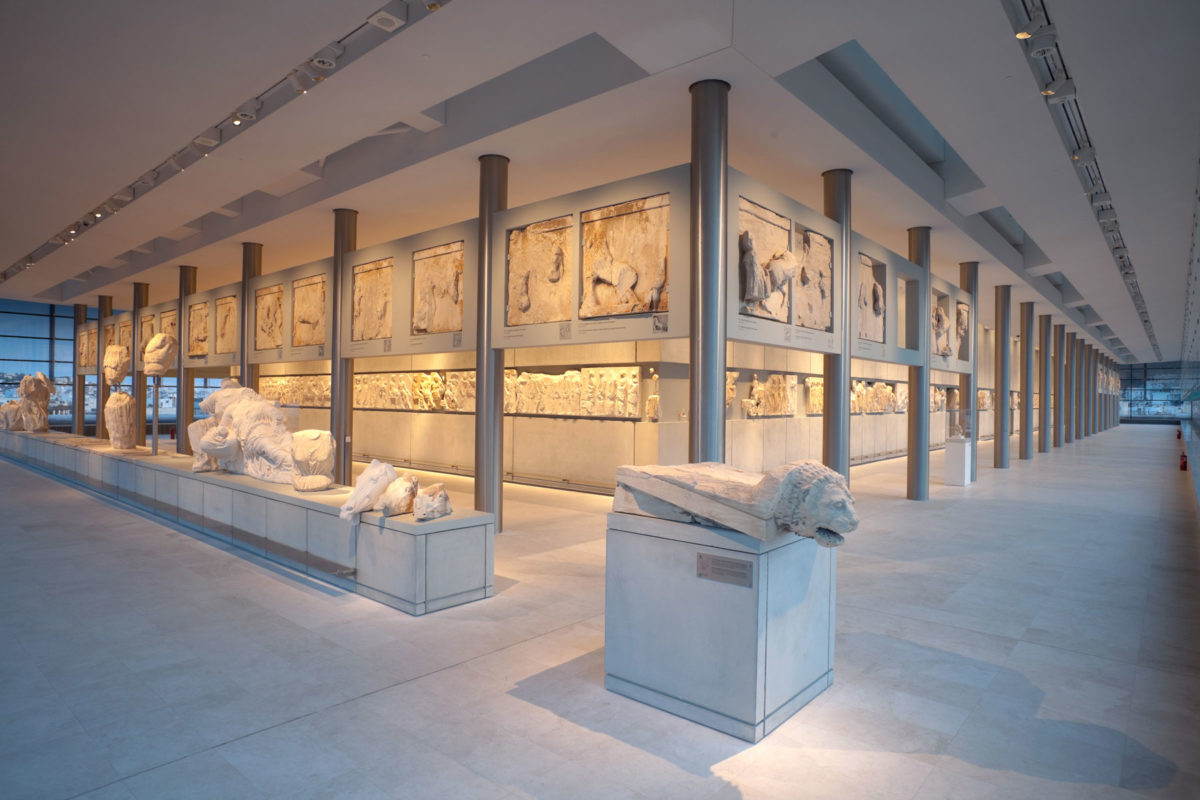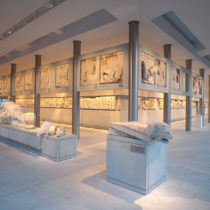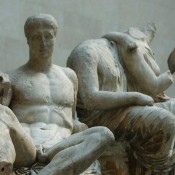The research conducted by the Acropolis Museum concerning the period 1800-1831, i.e. the end of Turkish rule and the conversion of the Acropolis into an archaeological site was referred to among other things by the Museum’s director, Dimitris Pandermalis in his talk during the international conference at the Acropolis Museum on the reuniting of the Parthenon Sculptures.
After telling three stories about Elgin’s vandalism of the Sculptures, Mr. Pandermalis spoke about the recent position taken on the issue by two Turkish scientists, Professor Zeynep Ayden and historian Orhan Sakin, who are researching Ottoman archives and who last February made a presentation at the Acropolis Museum of part of their ongoing research.
‟It is the first time we shed light (ed.: on the Ottoman files) because to date whatever has been written is based on what we know from western writers. We are also interested in what really was happening in the Ottoman Empire at that period and the validity of the claim that a decree exists (ed.: for the removal and transport of the Parthenon Marbles)”, said the director of the Acropolis Museum, referring to the presentation of the two Turkish scientists.
As Mr. Pandermalis points out ‟Mrs. Aygen had said in her talk that the ancient stones were also important for the Turks and this is why monuments were rescued. The only person in the empire authorized to allow the transport of a monument was the sultan himself. The surviving document that is called a ‘ferman/decree’ is not a ferman, i.e. a command. It is an administrative letter from the kaymakam of Constantinople to the authorities of Athens, i.e. to the city’s voivod and kadi. It is extremely interesting that when reading the documents of the other party concerned, i.e. the English it is made very clear there also that it is not a licence allowing the stripping of the Parthenon, but one that concerns the search and excavation of the mounds of earth around the monument. It states that at that spot, none of the Acropolis janissaries were to hinder the transport of whatever had fallen to the ground following the bombardment of Morozini. Removal from the building is not mentioned anywhere”, noted Mr. Pandermalis.
At the time of the pillage of the Acropolis, “licenses had been issued, but they were for the travels of Elgin and his agent Philip Hunt so as to avoid their paying taxes and ensure their security and accommodation, but not a license to remove stones and sculptures from the monument itself,” said the director of the Acropolis Museum, referring to the position of Zeynep Aygen. “We know that it took four fermans to move four fragments of a sarcophagus, and in each ferman it had to be precisely stated what it was that you wanted to take, other than just some stones. Consequently there are many weak points that the Turkish side is investigating and we are happy to have a historically established picture of how services worked at that time, and what was necessary to be done. Then one also has an understanding of western documents where this letter is referred to as a ferman, without it being so,” concluded Mr Pandermalis.





